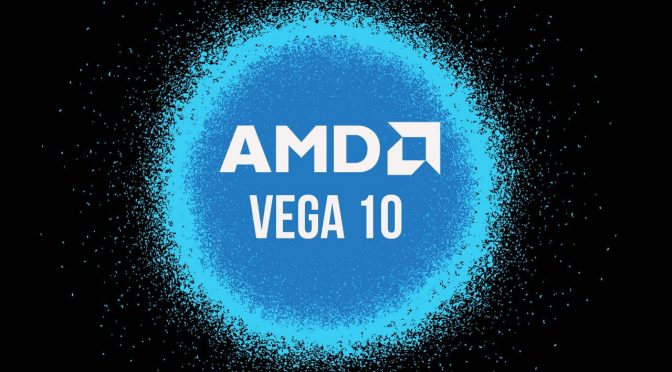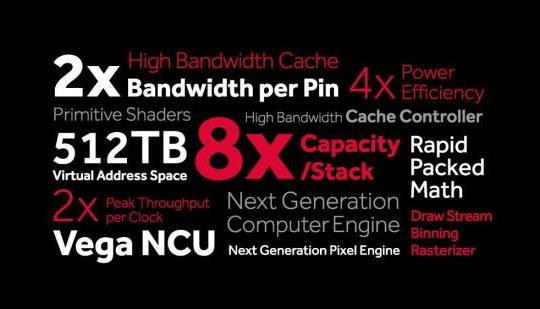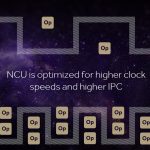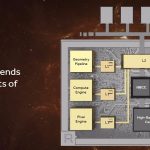A couple of days ago, we shared a leaked word cloud image of AMD Radeon Vega’s architecture. If you saw that leaked image, then you pretty much have already seen what AMD was planning to unveil today. So yeah, don’t expect benchmarks, don’t expect numbers, don’t expect comparisons; AMD simply unveiled the architecture behind the Radeon Vega and nothing more.
And, to be honest, this is a bit useless without any kind of benchmarks, especially after that teaser trailer (in which AMD attempted firing some shots towards Volta).
The only thing we’ve got, in terms of numbers, is DOOM running in 4K at Ultra settings. But then again, we’ve already seen Vega running DOOM in that particular resolution. Ironically enough, this performance puts Vega close to the GTX1080, something we… already knew about.
In other words, for all the PC gamers out there, this preview event (that consists only of slides and not an actual press conference) is meaningless.
As we’ve already said, Vega will feature high bandwidth cache, will be 4X more efficient (our guess is compared to Fiji’s HBM1 as VEGA will take advantage of HBM2), will sport a high bandwidth cache controller, will feature a draw stream binning rasterizer, will support Next Generation Compute and Pixel Engine, will offer 2X bandwidth per pin, will support 128 32-bit, 256 16-bit and 512 8-bit operations per clock, is optimized for higher clock speeds and higher IPC, and will offer 2X peak throughput per clock.

John is the founder and Editor in Chief at DSOGaming. He is a PC gaming fan and highly supports the modding and indie communities. Before creating DSOGaming, John worked on numerous gaming websites. While he is a die-hard PC gamer, his gaming roots can be found on consoles. John loved – and still does – the 16-bit consoles, and considers SNES to be one of the best consoles. Still, the PC platform won him over consoles. That was mainly due to 3DFX and its iconic dedicated 3D accelerator graphics card, Voodoo 2. John has also written a higher degree thesis on the “The Evolution of PC graphics cards.”
Contact: Email





